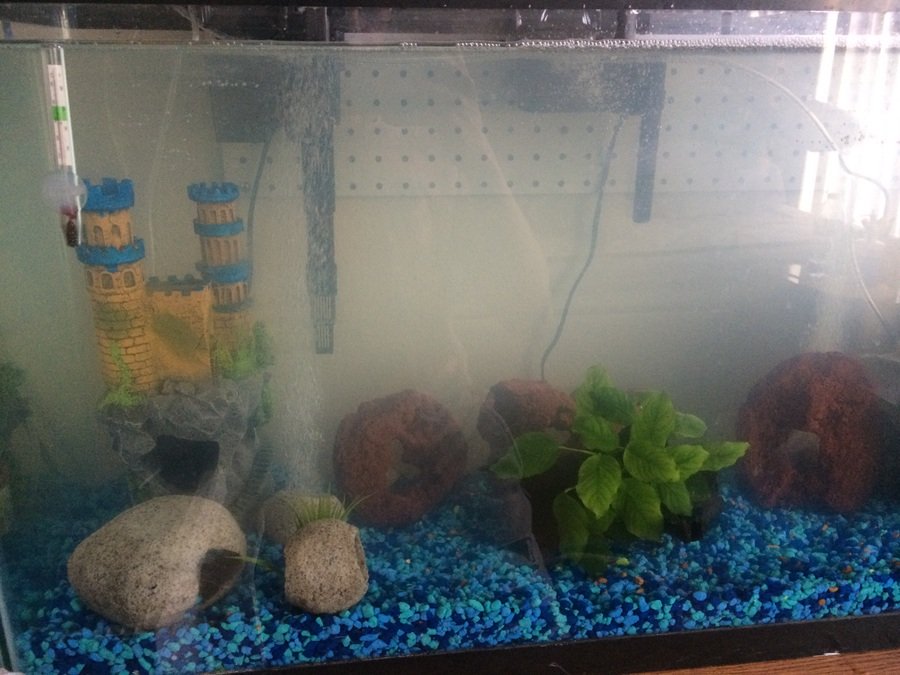Introduction: The Murky Mystery of Cloudy Aquarium Water
The serene beauty of a well-maintained fish tank, with its vibrant aquatic life and crystal-clear water, can instantly transform a room. However, when the once-transparent water turns cloudy, it not only mars the visual appeal but also raises concerns about the health of its inhabitants. Troubled waters in aquariums are a common issue faced by aquarists, both novice and experienced alike. Understanding why your fish tank water has become cloudy is the first step towards rectifying the problem and restoring the aquatic balance. This comprehensive guide delves into the primary reasons behind cloudy aquarium water, offering insights and solutions to help you regain control over your aquatic haven.
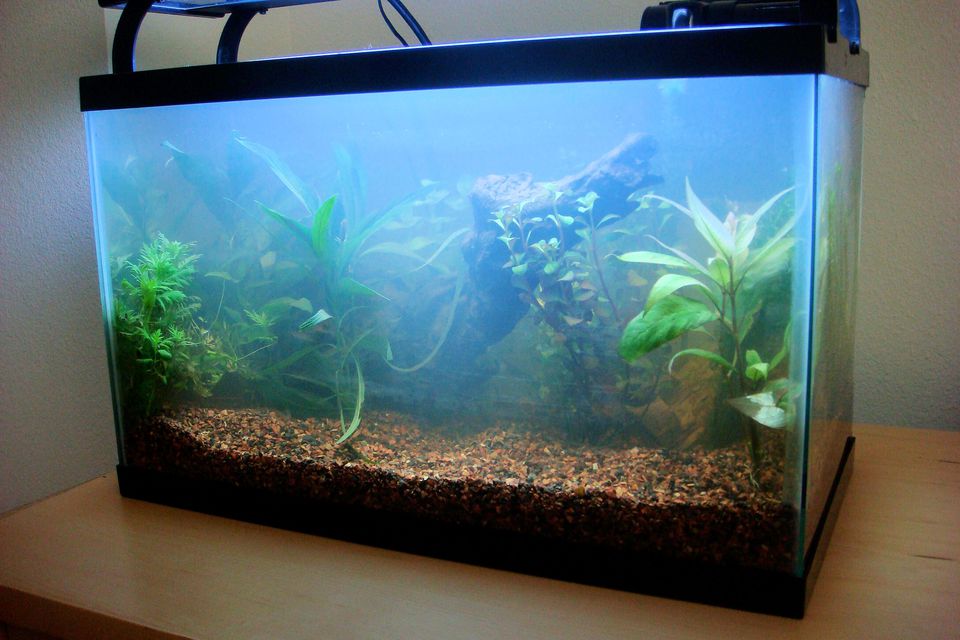
New Tank Syndrome: The Cycle Begins
One of the most prevalent causes of cloudy water, especially in newly set-up aquariums, is what’s known as “new tank syndrome.” This occurs during the nitrogen cycle’s establishment phase, where beneficial bacteria that break down harmful ammonia and nitrite are yet to colonize fully. As uneaten food, fish waste, and decaying plant matter accumulate, they release ammonia into the water. Without enough nitrifying bacteria to convert ammonia into less toxic nitrate, the water becomes a breeding ground for opportunistic bacteria and algae, causing cloudiness. Patience is crucial here; regular partial water changes and avoiding overfeeding can help stabilize the environment until the bacterial colonies mature.
Overfeeding: A Common Culprit
Overfeeding is another frequent culprit behind cloudy water. Excess food that isn’t consumed promptly by fish sinks to the bottom, decomposing and releasing organic compounds into the water column. This decomposition process not only clouds the water but also contributes to an increase in ammonia and nitrite levels, potentially harming fish health. Implementing a strict feeding schedule—offering only what can be consumed within a few minutes—and removing any uneaten food promptly can significantly reduce the likelihood of cloudy water due to overfeeding.
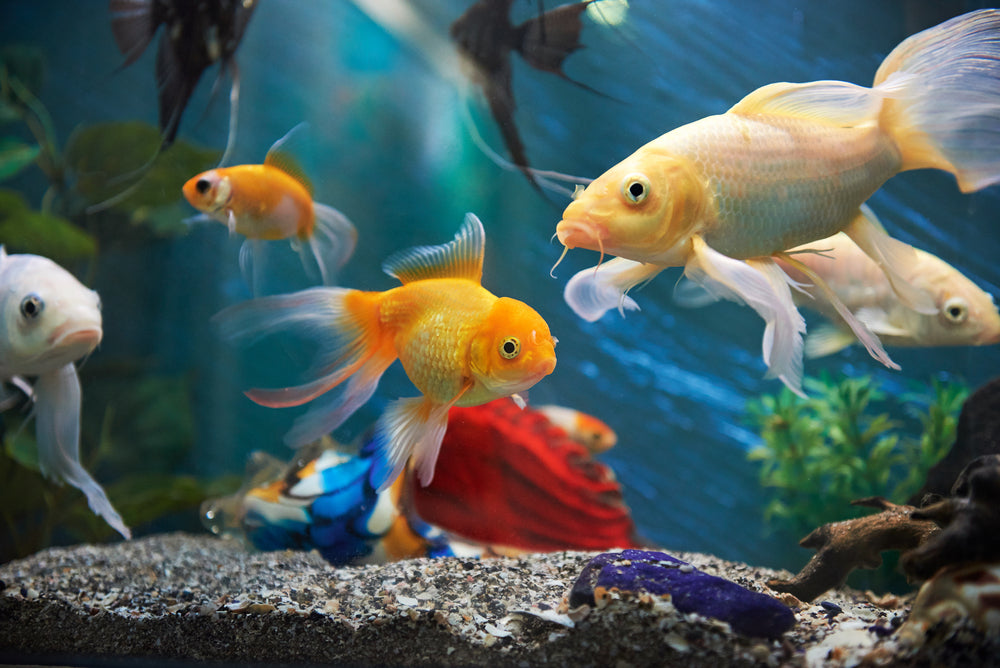
Inadequate Filtration: The Silent Agitator
Adequate filtration is the backbone of a healthy aquarium ecosystem. When the filtration system is insufficient or improperly maintained, it fails to remove debris and waste efficiently, leading to a buildup of suspended particles and cloudy water. Ensuring your filter matches the size of your tank and its bioload, and regularly cleaning or replacing filter media as per the manufacturer’s guidelines, is vital. Neglecting filter maintenance can disrupt the delicate balance, fostering an environment ripe for cloudy water and other water quality issues.
Unbalanced Bioload: Straining the Ecosystem
Introducing too many fish or aquatic creatures into an aquarium too quickly can overload the system, causing the biological filtration to struggle in keeping up with the increased waste production. This imbalance in the bioload leads to a rise in ammonia and nitrite levels, promoting the growth of harmful bacteria and algae that contribute to cloudy water. It’s crucial to research and understand the appropriate stocking levels for your aquarium size, and gradually introduce new inhabitants to avoid overwhelming the ecosystem.
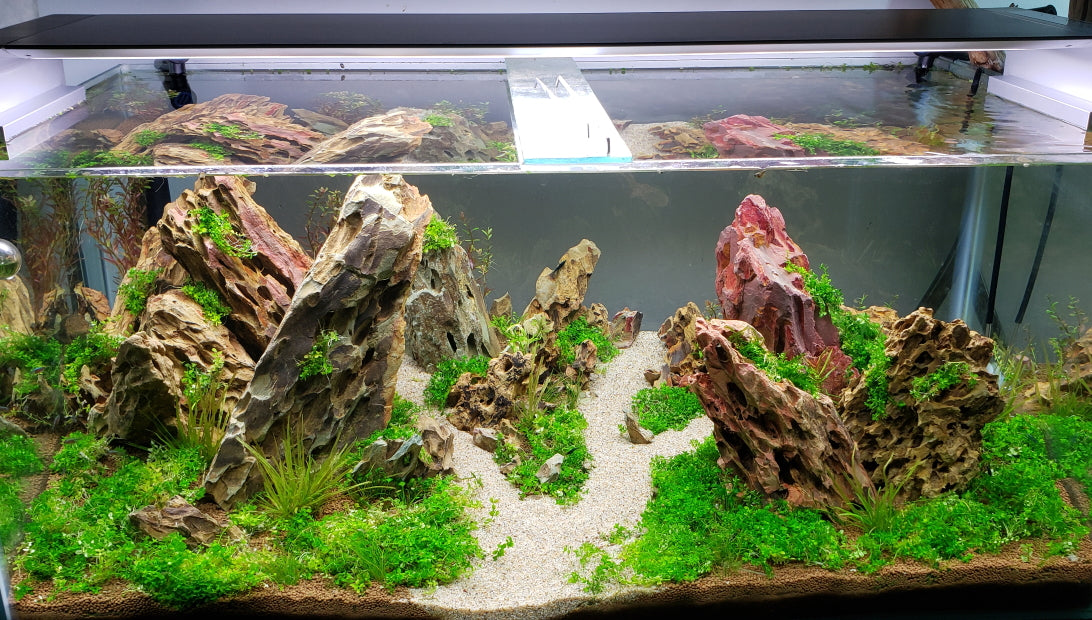
Silica Dust and Decor Issues: The Unforeseen Contaminants
Cloudiness can also arise from unexpected sources, such as silica dust released from new aquarium substrates or decorations. When setting up a new tank or adding fresh ornaments, the fine dust particles can become suspended in the water, causing temporary cloudiness. Rinsing all substrate and decorations thoroughly before introducing them to the tank can prevent this issue. Furthermore, using decorations with porous surfaces can harbor bacteria and promote cloudiness if not cleaned regularly.
pH Fluctuations and Alkalinity Imbalances: Chemistry Matters
Aquarium chemistry plays a pivotal role in maintaining clear water. Sudden shifts in pH or alkalinity can trigger the release of minerals from substrates or decorations, leading to cloudiness. Regular monitoring of water parameters and taking corrective measures to maintain stable pH and alkalinity levels is crucial. Using appropriate buffers and water conditioners can help stabilize these chemical balances, ensuring a healthier environment for your aquatic residents.
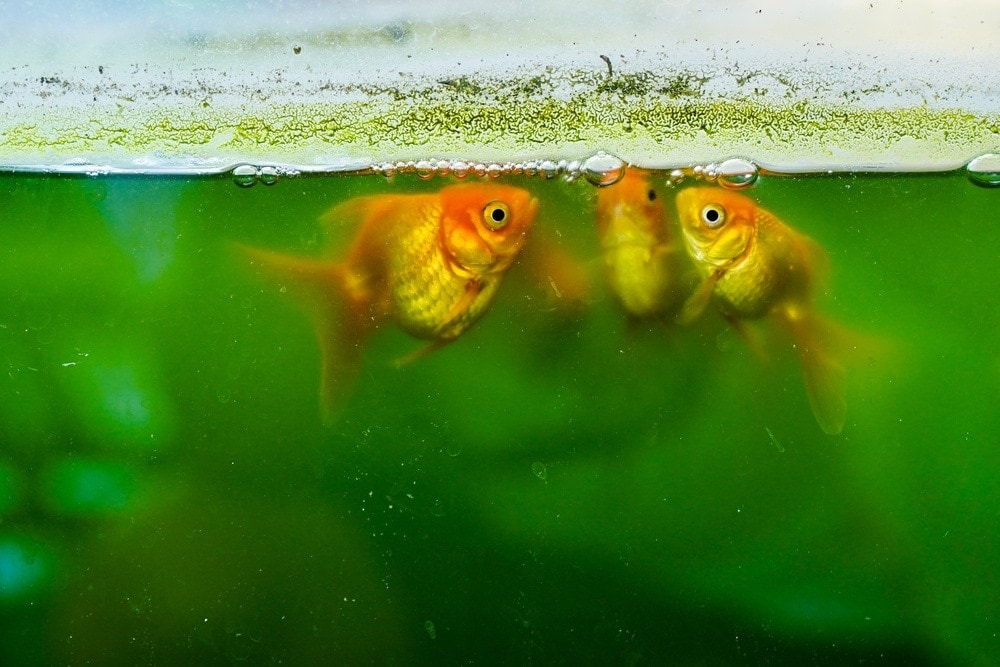
Solving the Cloudy Conundrum: Steps to Crystal Clarity
Addressing the root cause of cloudy water is paramount to restoring clarity. Begin by ruling out the most likely culprits, such as overfeeding or inadequate filtration. Conduct partial water changes (around 20-30% of the tank volume) every week to dilute pollutants and maintain water quality. Introduce a water clarifier designed to coagulate suspended particles, making them easier for the filter to trap. In cases of bacterial bloom, patience is key; allowing the nitrogen cycle to establish itself will eventually clear the water. For persistent issues, testing water parameters and consulting with aquarium experts can offer more targeted solutions.
Preventative Measures: Clear Waters Ahead
Preventing cloudy water starts with proactive aquarium management. Regular maintenance routines, including consistent water changes, filter cleaning, and monitoring of water parameters, form the cornerstone of prevention. Feeding fish responsibly, avoiding overstocking, and quarantining new additions to prevent disease introduction further safeguard your tank’s clarity. Lastly, understanding and respecting the natural cycles and needs of your aquarium ecosystem fosters a harmonious balance that keeps the water clear and inviting for both fish and viewers alike.
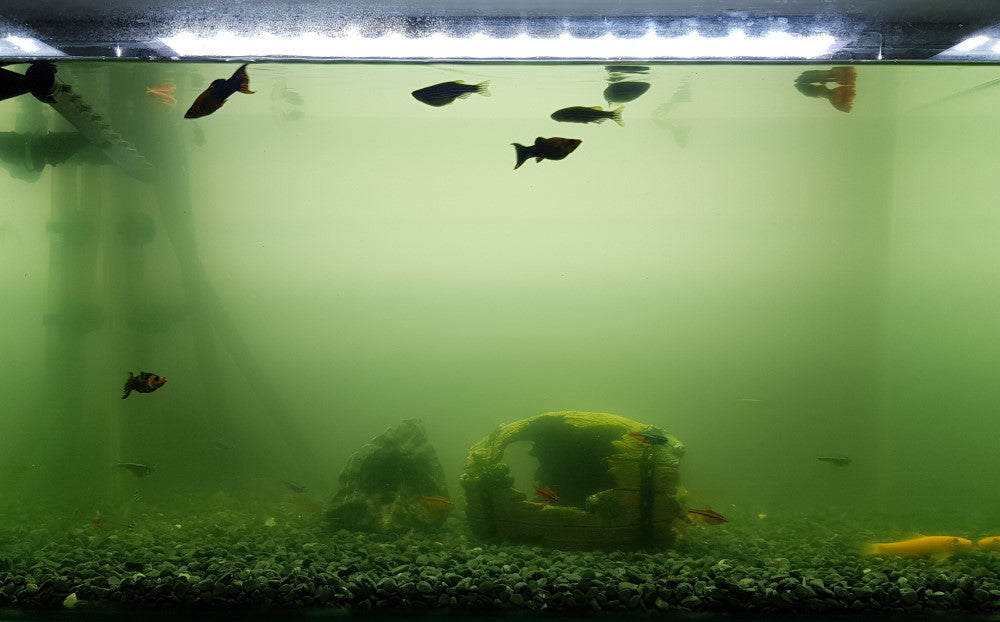
Innovations in Filtration Technology: Advanced Solutions for Crystal Clear Water
Advancements in aquarium filtration systems are revolutionizing how we maintain water clarity. Multi-stage filters combine mechanical, biological, and chemical filtration for comprehensive water purification:
- Mechanical Filters physically trap debris and particles, reducing cloudiness. Newer models feature fine mesh or sponge media that are highly efficient yet easy to clean.
- Biological Filters house beneficial bacteria responsible for converting harmful ammonia and nitrites into less toxic nitrates. Innovative designs maximize surface area for bacterial colonization, ensuring a stable nitrogen cycle.
- Chemical Filters utilize activated carbon or resin to adsorb dissolved organic compounds, medications, and discoloration, contributing to crystal-clear water.
Smart filters equipped with sensors and automation can now monitor water quality and adjust filtration performance accordingly, alerting owners when maintenance is due or parameters deviate from optimal ranges.
In conclusion, while cloudy water in a fish tank might initially seem like a frustrating and complex problem, it often stems from manageable causes. By identifying the underlying issue and implementing appropriate corrective actions, you can successfully navigate through these troubled waters. With patience, diligence, and an understanding of the interplay between aquarium inhabitants, filtration, and chemistry, the path to a beautifully clear and thriving aquatic habitat becomes clear.






